Gujarati Matrimony
by iMarriagesmatrimony site for Gujarati speakers.
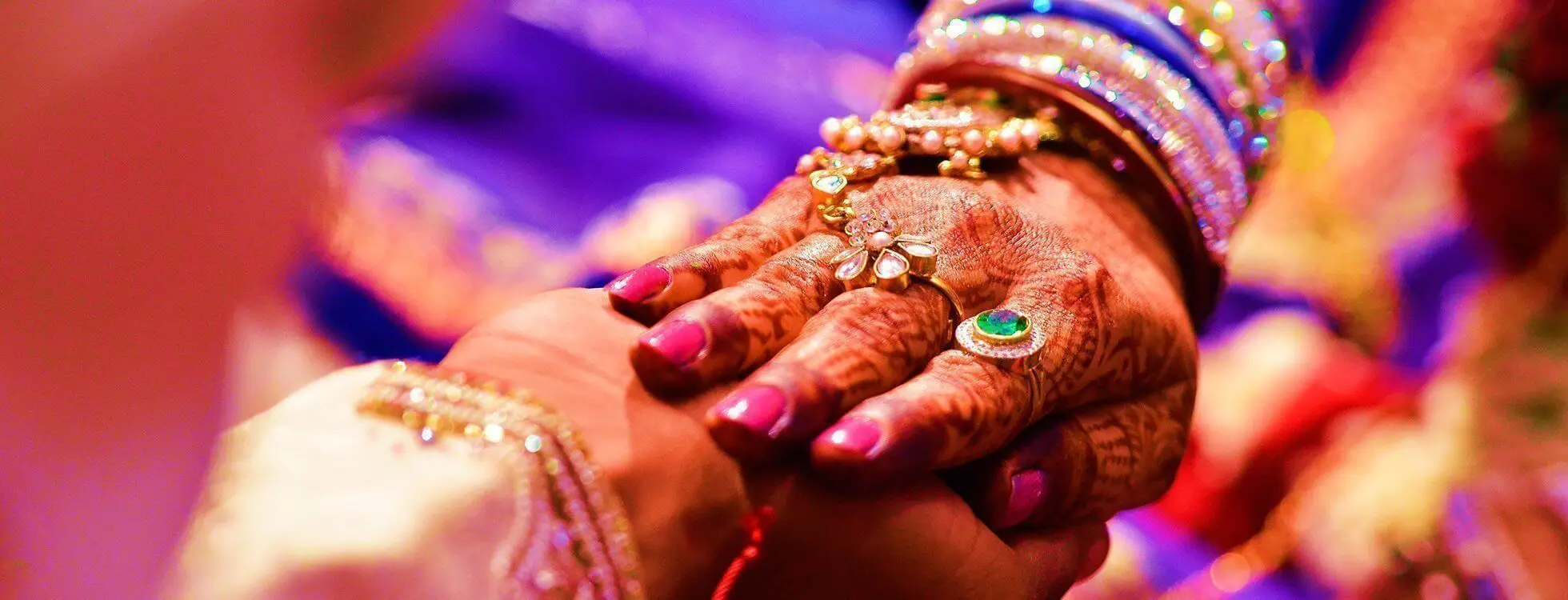

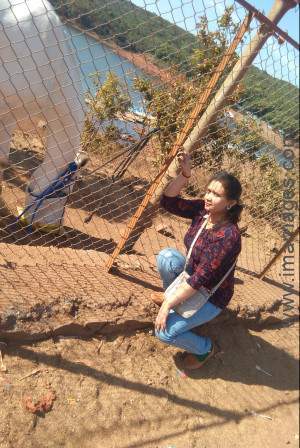
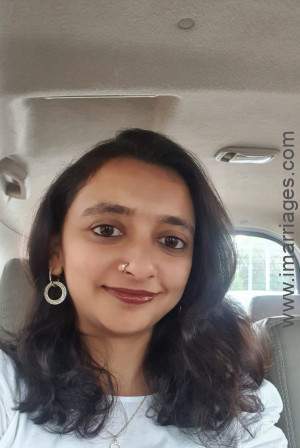


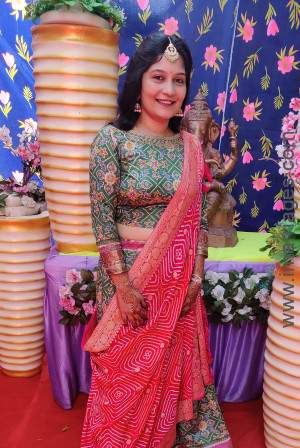



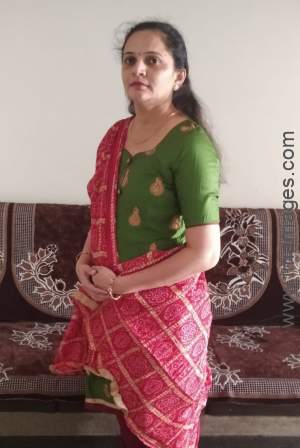

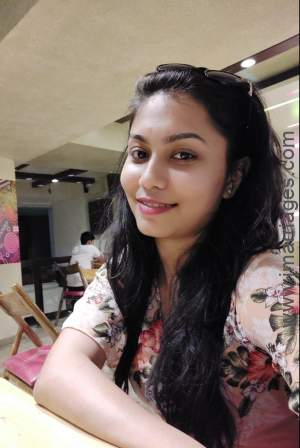
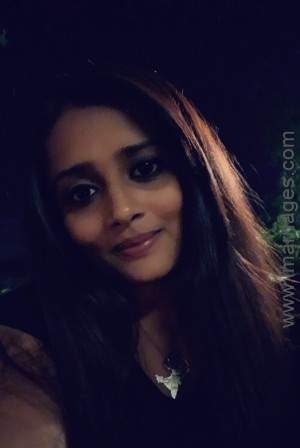


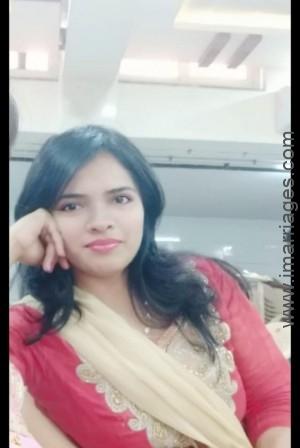

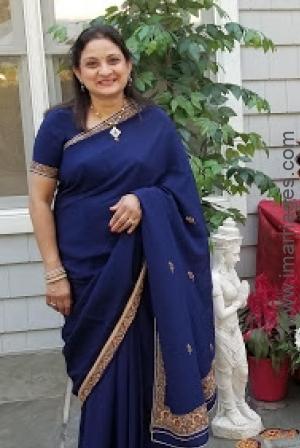



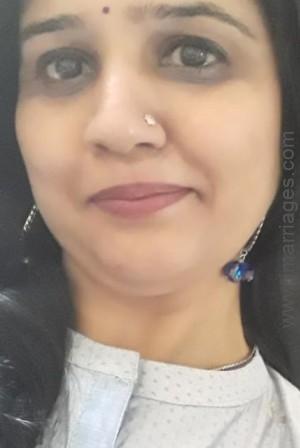






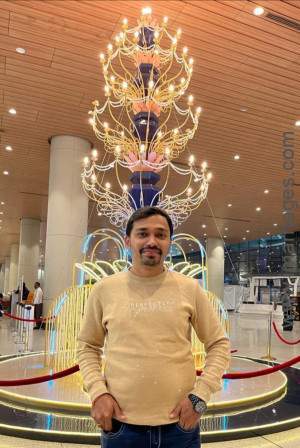
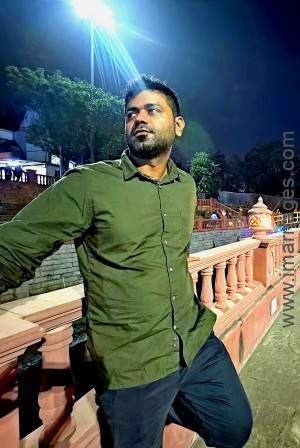









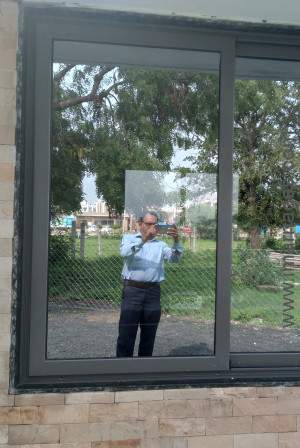

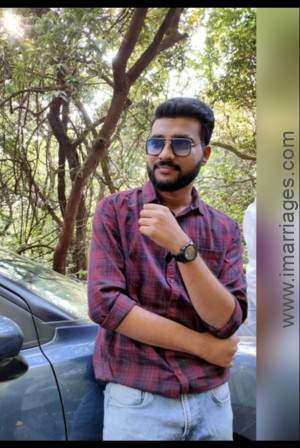


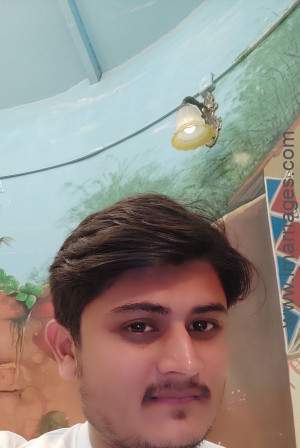




Welcome to Gujarati Matrimony by iMarriages, a free matrimony portal for Gujarati speakers with thousands of profiles in Gujarat and elsewhere.
Gujarati matrimony takes place between a bride and groom who speak Gujarati as their first language. Gujarati is a language that is native to the state of Gujarat, located in India's west.
It is estimated that there are 65 million speakers of Gujatari worldwide, of which 54 million are in India. Gujarati was the first language of Narendra Modi.
Gujarati people are known for their fun-loving nature and rich culture and a Gujarati matrimonial ceremony is a true celebration for the union of two souls. A typical ceremony is a 2-3 days affair comprising various pre-wedding, wedding and post-wedding rituals. Grand decoration, delicious food, extraordinary music, and dance are some inseparable parts of a Gujarati wedding. All the rituals are filled with fun and frolic one can hardly have any dull moment in Gujarati wedding.
To know more about Gujarati matrimonials let's have a close look at various rituals.
Pre-Wedding Rituals
Chandlo Matli - Once the alliance is fixed, the father of the bride along with other male members of the family will visit the groom's house. He applies Chandlo (a red circle of vermillion) on his forehead and offers him Shagun as a symbol of his acceptance as a groom for his daughter. He then seeks blessings of all the elders.
Gol Dhana - The words Gol Dhana or Gor Dhana literally means Coriander seeds and Jaggery. This ritual is a Gujarati version of engagement ceremony observed a couple of days before the wedding. It is arranged by both the families at the groom's house. The bride's family presents gifts and sweets to the groom's family in traditional containers known as matlis. Following this, the bride and the groom exchange rings. Blessings of five married women from each family are then offered. A small and traditional feast concludes the function.
Mandap Mahurat - It is observed separately in both the houses. The priest performs a pooja of Lord Ganesha and seeks his blessing for the couple to have an obstacle-free path of their imminent union.
Griha Shanti - This is another puja that takes place the same day and is also performed by the priest. This pooja is meant to offer appeasement to the Almighty so as to remove all the obstacles in the married life of the couple presented by any adverse planetary positions according to the bride and groom's horoscopes.
Mehendi - The Mehendi ceremony is observed a day prior to the wedding day. During this ritual, elaborate designs along with the initials of the groom are painted on hands and feet of the bride by henna paste. The Mehendi ceremony takes place amidst of traditional wedding songs sung by the ladies of the house.
Sangeet Sandhya or Sanji - This ritual is actually an informal meeting of two families to celebrate the alliance of their children. It is observed at the dusk of a day prior to the wedding. Both the bride's and the groom's family come together at a common venue. There are songs and dance performances especially traditional Raas or Dandiya and Garba dances.
Pithi - Pithi is a paste of turmeric, sandalwood, rosewater, herbs and mogra perfume prepared by bride/groom's paternal aunt. During this ritual, this paste is applied to head, face and feet of bride and groom.
Mameru or Mosalu - A day before the wedding, the groom's maternal uncle along with his maternal aunt's husband visits the bride's house and present her with gifts like traditional Paanetar Saree, Jewelry, Wedding Bangles or Chooda made from ivory, sweets and dry fruits in beautifully decorated boxes.
Wedding Day Rituals
Varghodo - It refers to the wedding procession of the groom. The groom arrives at the bride's house on a horse with his relatives at his side. Music is played and the relatives dance along.
Ponkvu - As the groom arrives at the wedding venue his mother in law performs an aarti to welcome him and applies tika on his forehead. She also tries to grab the groom's nose which he playfully tries to evade.
Jaimala - During this ritual exchanging of garlands takes place twice, for the first time the groom has to stand on a stool as a symbol of him standing on higher ground, and for the second round he steps down and symbolizes that they are on equal ground.
Madhuparka - The groom is led to the wedding mandap by his mother-in-law. His feet are then washed with milk and water. He is then offered a drink known as Panchamrut containing five sacred ingredients, milk, yogurt, ghee, honey, and sugar.
Antarpaat - The bride arrives at the mandap accompanied by her maternal uncle. A piece of cloth known as Antarpaat is placed between the bride and the groom to prevent them from seeing each other.
Kanya Daan – it signifies the giving away of the bride by his father to the groom. The bride's father washes the groom's feet and before giving his daughters hand to the groom.
Hasta Milap - It refers to the tying of nuptial knot between the groom's shawl and end of the bride's saree. This along with the united hands of the couple is known as Hasta Milap.
Mangal Pheras - During this ritual the bride and the groom stand up and make four circles around the sacred fire, each circle symbolizes one of the four goals of human life - Dharma, Artha, Kama, and Moksha. The priest chants verses from the scriptures and the couple have to repeat them.
Saptapadi - The bride assisted by the groom is made to touch seven betel nuts placed at regular intervals along a straight line with her right toe. Followed by reciting of the seven sacred vows of marriage by the bride and the groom.
Sindoor Daan - The groom puts vermillion on the bride's hair parting and ties the mangalsutra around her neck. This is followed by bride and groom offering sweet to each other and the ritual is known as Kansar.
Post-Wedding Rituals
Saubhagyavati Bhava - During this ritual seven married women bless the bride for her long and evergreen married life by uttering three words 'Akhanda Sauvagyavati Bhava'.
Chero Pakaryo - This is a light-hearted ritual where the groom pulls the saree of his mother-in-law as a way of asking the bride's family for gifts. This is followed by Ashirwad where the couples seek the blessings of all the elders of both the family.
Vidaai - After a festive celebration of marriage, it is time for the bride to bid a tearful goodbye to her paternal residence to start a new life at her husband's house.
Ghar nu Laxmi - On arrival of the bride at groom's house, she is warmly welcomed by the family members. She is considered Ghar nu Laxmi(Goddess Laxmi), or a bearer of luck and fortune for her family. The mother-in-law does her arti and then the bride enters the house with her right foot.
Reception - The reception is thrown by groom's family in the honor of the newlyweds, where the relatives gather together for a feast. They come to greet the couple and offer a gift to them.